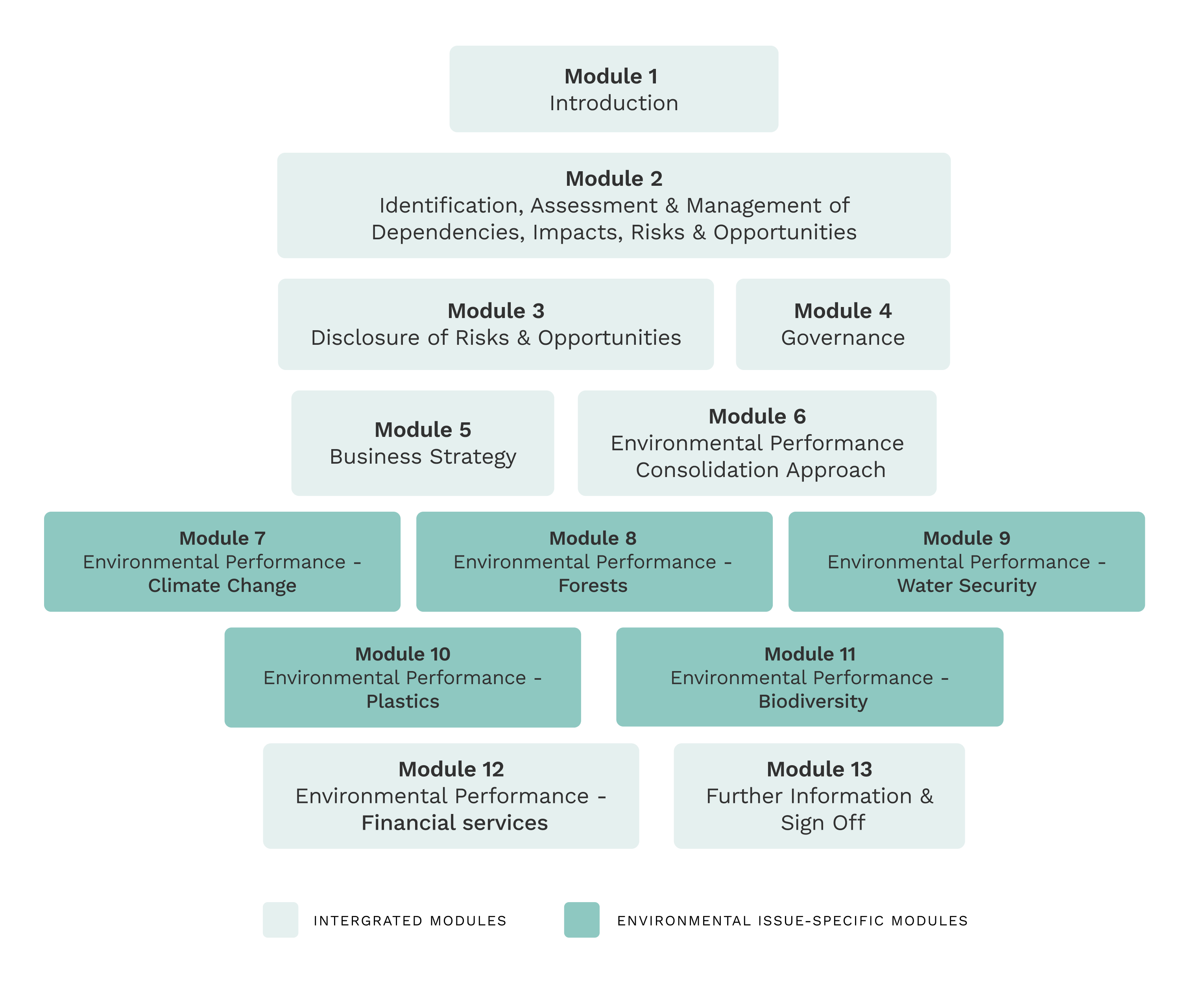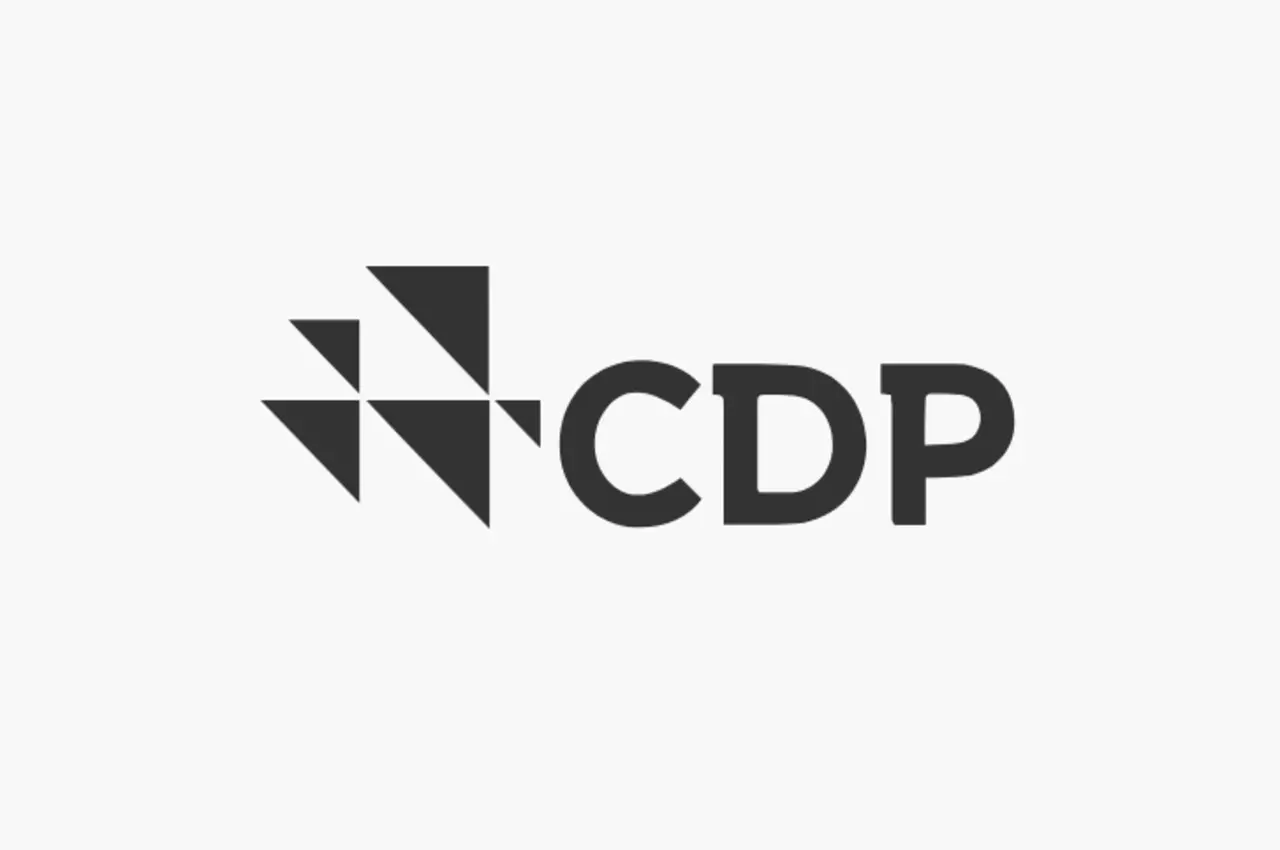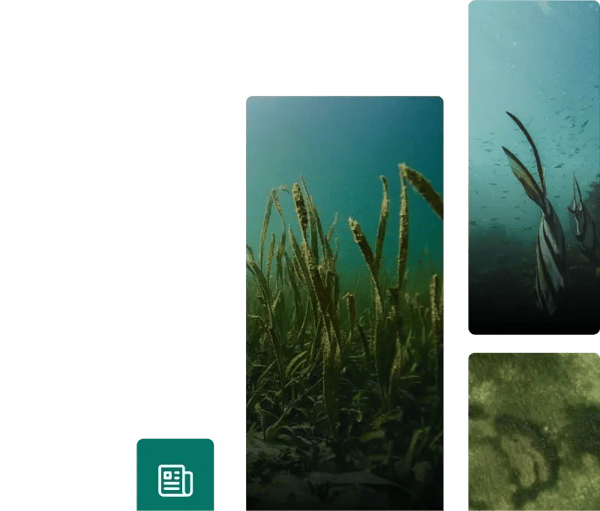CDP Resources: How to Access and Use Publicly Available Data
The Carbon Disclosure Project (CDP) collects environmental data annually from thousands of companies, cities, and regions worldwide. While access to detailed questionnaire responses is now restricted, many resources remain available to help organizations understand how CDP works, improve their environmental reporting, and enhance the quality of their disclosures.
These resources include guidelines, methodologies, knowledge base articles, and limited public data (such as overall scores and A Lists), which support organizations in strengthening transparency, mastering environmental reporting, and advancing their scoring performance.
This article outlines how to access CDP resources, what data is publicly available, and how to use this information strategically to optimize your reporting process and climate impact.
How to Access CDP Resources?
What are the main resources available on CDP’s official platform?
📘 "The CDP Knowledge Base: Your go-to guide for CDP reporting"
CDP offers a comprehensive knowledge base filled with articles designed to assist users in navigating the platform and responding to questionnaires. These materials are developed by the support team and are based on frequently asked questions.
Link to the knowledge base: https://help.cdp.net/en-US/knowledgebase/
📘 "CDP Full Corporate Scoring Methodology 2025 – Climate Change"
This official document "CDP Full Corporate Scoring Methodology 2025 – Climate Change" It serves as the official reference for understanding how CDP evaluates corporate responses to climate-related questions. It is an essential guide for navigating the full CDP questionnaire and optimizing your environmental reporting strategy.
The methodology covers the full 2025 CDP questionnaire, organized into thematic modules:
-
Modules 1 à 6 : Integrated topics such as governance, strategy, risk and opportunity management, and environmental policy.
-
Modules 7 à 11 : Environmental focus areas including climate change, forests, and water security.
-
Module 12 : Targeted at financial institutions, covering sector-specific environmental performance.
Each question is linked to specific scoring criteria that define how points are awarded. The document also highlights dependencies between questions, key requirements for each score level (from D to A), and sector-specific expectations.
📘 "Corporate Disclosure - Key Changes for 2025"
The document « Corporate disclosure - Key changes for 2025 » outlines the main updates made to the CDP questionnaire for the year 2025. Following the major changes in 2024 notably the integration of climate, forest, and water topics into a single unified questionnaire the 2025 version maintains this structure while introducing minor adjustments aimed at improving clarity and user-friendliness. These updates include clearer question wording and enhancements to navigation logic, making it easier for companies to understand and respond. The SME questionnaire also remains stable, with minor changes to support ease of use.
Accessing Public CDP Data: Procedures and Conditions
Access to public data from the Carbon Disclosure Project (CDP) is now restricted, but some key information remains available. Each year, the CDP publishes the scores of participating companies, along with the “A List,” which highlights the top-performing organizations in terms of transparency and climate action. This data is publicly accessible through the dedicated 2025 scores and A List page, with filters by country, sector, or performance level.
However, full questionnaire responses which were previously available to the public are now only accessible to accredited stakeholders or subscribers through CDP’s paid services. That said, it is still possible to access full reports from certain companies: many choose to publish their responses directly on their own websites or in their CSR sections. To find them, one typically needs to visit the company’s “Sustainability” or “ESG” page.
The Importance of Transparency and Data Accessibility
Transparency and access to environmental data are central to CDP’s mission. By encouraging disclosure on climate, water, and deforestation, CDP promotes a culture of accountability. This transparency enables investors, partners, NGOs, and the public to assess the genuine commitment of economic actors to climate issues. Even though access to detailed data is restricted on CDP’s platform, some companies choose to share their full responses online reinforcing their credibility. Making this information publicly accessible remains a key lever to support decision-making, benchmark performance, and accelerate the transition to a low-carbon economy.
What are the main public data available through CDP?
Unlike in previous years when some detailed responses were freely accessible, full disclosures provided by companies are now reserved for accredited stakeholders or subscribers to CDP’s paid services.
Types of Environmental Data Published by CDP (Carbon Emissions, Water Management, Climate Risks, etc.)
The CDP questionnaire is structured into several thematic modules, enabling organizations to report their environmental data in a comprehensive and standardized way.
The core modules (Modules 1 to 6, 12, and 13) cover essential cross-cutting elements: introduction, identification of dependencies and risks, governance, strategy, and approach to consolidation. These modules are common to all respondents.
In parallel, issue-specific modules (Modules 7 to 11) allow for a detailed analysis of performance on key environmental topics: climate change, forests, water security, plastics, and biodiversity. Each company only answers the modules relevant to its activities.
Together, these modules provide a detailed overview of the environmental impacts, strategies, and climate actions of major economic players.

Overview of CDP Climate Change Questionnaires
The document CDP Full Corporate Scoring Methodology 2025 – Climate Change outlines the types of environmental data companies are expected to disclose through the CDP questionnaire. The main categories of data include:
-3.png?width=3588&height=2949&name=Graph%2003%20EN%20(OK)-3.png)
Understanding the CDP Scoring System: Methodology and Key Indicators
Progressing from one score level to the next is based on a dependency logic: organizations must first meet the requirements of a given level before becoming eligible for the next. CDP awards points for each response, but it is the fulfillment of certain key criteria that determines the final score level—not just a simple sum of points. CDP scores range from D to A, and each level corresponds to a degree of environmental engagement.
The CDP scoring system (Carbon Disclosure Project) aims to evaluate companies’ transparency and environmental performance across the themes of climate change, forests, and water security.
.png?width=506&height=334&name=CDP%20SCORING%20BREAKDOWN%20EN%20(1).png)
Overview of the CDP Scoring System, based on the official document CDP Full Corporate Scoring Methodology 2025 – Climate Change :
CDP scores range from D to A, with each level reflecting a degree of environmental engagement:
-
D / D- (Disclosure) :
The company discloses basic information but does not yet demonstrate a deep understanding of its impacts or a strategic approach. -
C / C- (Awareness) :
The company shows awareness of key issues (emissions, risks, opportunities…) and begins mapping its environmental impacts. -
B / B- (Management) :
The company actively manages its environmental issues, with processes in place such as targets, policies, corrective actions, and dedicated governance. -
A / A- (Leadership) :
The company demonstrates high environmental performance, leads by example through an integrated strategy, measurable results, and innovative actions. The A List highlights the most exemplary organizations.
Conclusion: Using CDP Resources to Strengthen Your Climate Strategy
CDP has established itself as a key player in global environmental transparency. By combining a rigorous reporting methodology, a demanding scoring framework, and a wealth of educational resources, it offers companies a structured approach to managing their climate strategy.
Even though access to individual company data is now restricted, CDP’s public tools such as knowledge bases, methodologies, scores, and summary reports allow organizations to build capacity, self-assess their climate maturity, and align with leading international practices.
In a context of tightening regulatory requirements (CSRD, SBTi, EU Taxonomy, etc.), leveraging CDP resources is a concrete opportunity to anticipate stakeholder expectations, demonstrate credible climate commitment, and structure a clear and coherent transition pathway.
Common Q&As
CDP resources are publicly available environmental data collected through voluntary reports submitted by companies on their climate impacts, natural resource management, and climate-related risks.
Access is available through the official CDP website, with either free or paid registration depending on the depth and volume of information required.
CDP provides detailed data on greenhouse gas emissions, water consumption and management, as well as the identification of climate-related risks and opportunities.
This data helps companies improve their environmental transparency, accurately measure their ecological impact, manage environmental risks, and enhance their reputation in terms of environmental responsibility.
Share this
You May Also Like
These Related Stories
%20(1)-1.jpeg?width=1280&height=850&name=gullfoss_winter-1-1600x900-f50_50%20(1)%20(1)-1.jpeg)
How the CDP score works?
%20(1)-1.jpeg?width=1280&height=850&name=gullfoss_winter-1-1600x900-f50_50%20(1)%20(1)-1.jpeg)
The Evolution of the CDP (Carbon Disclosure Project)


